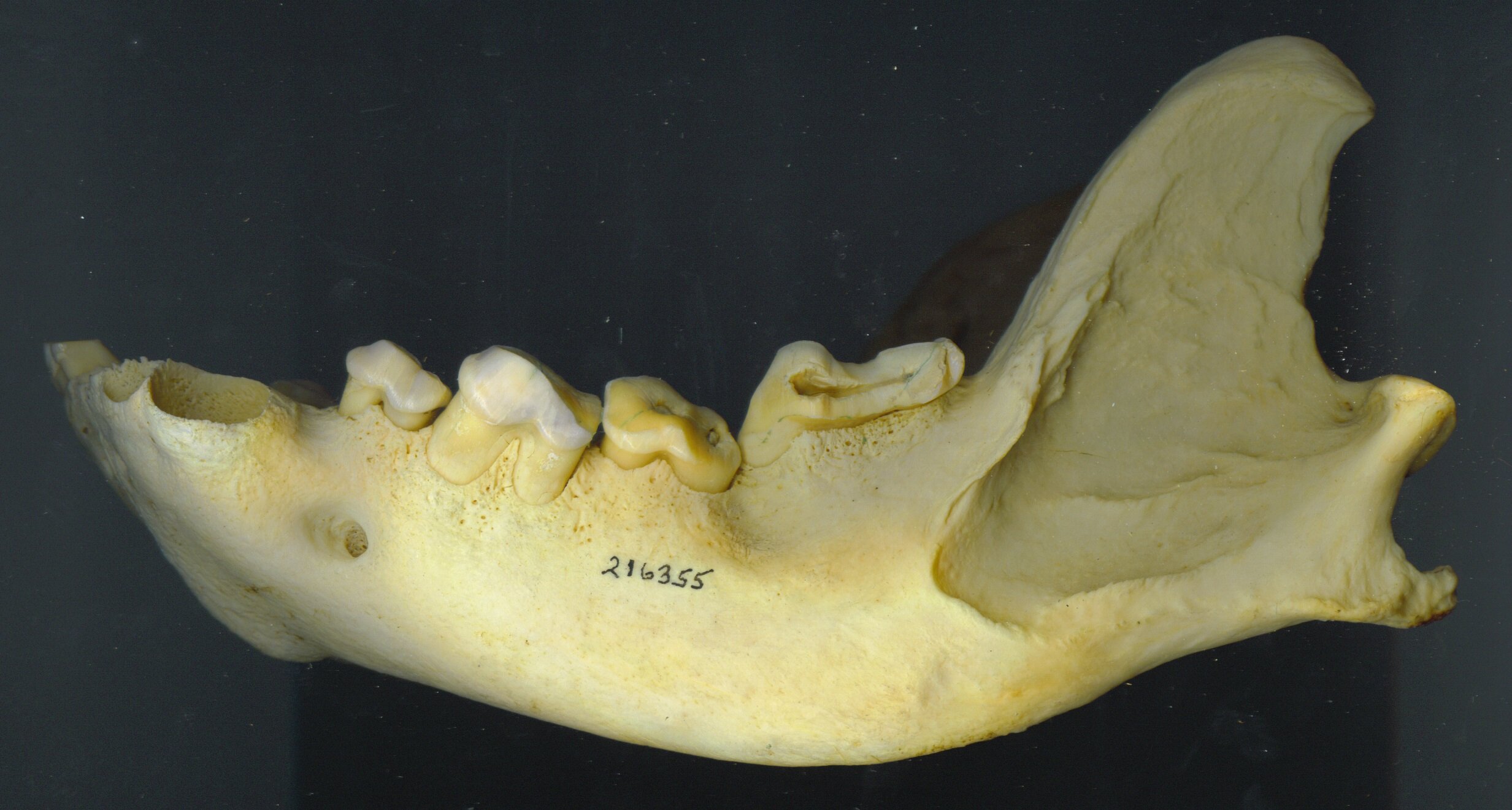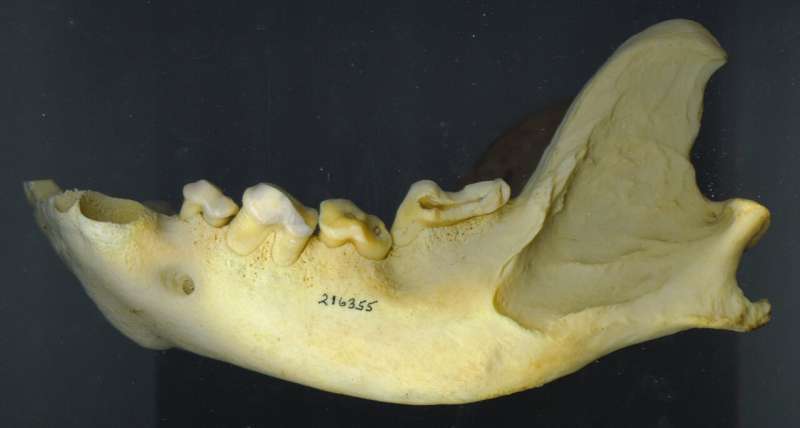

A new study led by Dr. Jack Tseng, published in PeerJ, has shed light on the intricate relationship between tooth wear and jaw mechanics in highly carnivorous mammals, known as hypercarnivores.
As mammalian teeth do not regenerate, these animals often face declining bite efficiency as their teeth wear down over time. This research explores how different hypercarnivorous species, including scavengers, meat specialists, and bone-cracking predators adapt biomechanically and possibly behaviorally to manage the challenges posed by tooth wear.
The team examined three representative carnivoran ecomorphologies: meat specialists like big cats; scavengers; and bone crackers such as spotted hyenas. By analyzing morphofunctional data, including jawbone depth, bite efficiency, and jaw stress during biting, the study investigated whether these animals’ mandibular biomechanics show compensatory changes as their teeth become worn.
Key findings revealed that among the species studied, only bone-cracking hyenas displayed significant increases in bite efficiency with tooth wear, maintaining performance without added jaw stress. Conversely, meat specialists and scavenging hyaenids did not demonstrate significant biomechanical compensation for tooth wear, suggesting that these groups may rely more on behavioral modifications to secure and process food.
Dr. Tseng’s team also explored the extinct carnivore Hyaenodon, a species thought to have feeding adaptations similar to modern hyenas. Interestingly, Hyaenodon showed increased bite efficiency with worn teeth, though the researchers believe this adaptation may be driven more by species-specific evolutionary pressures than by life history.
“Once grown, adult teeth in living mammals are irreplaceable and have to last their entire lives. For top predators that rely on their teeth to acquire and process food, we wondered if changes in feeding performance from dental wear and tear were compensated for by how the jaw mechanically resists stress from biting. We discovered that living predators and the extinct Hyaenodon may have used different biomechanical strategies to compensate for worn teeth,” explains Dr. Tseng.
This study invites scientists to revisit the way we assess carnivore guilds, past and present, and highlights the dynamic relationship between evolutionary adaptations and life history stages in the animal kingdom.
More information:
Z. Jack Tseng et al, Relationship between tooth macrowear and jaw morphofunctional traits in representative hypercarnivores, PeerJ (2024). DOI: 10.7717/peerj.18435
Journal information:
PeerJ
Citation:
Hypercarnivores study reveals unique adaptations of jaw function and tooth wear (2024, November 11)
retrieved 12 November 2024
from https://phys.org/news/2024-11-hypercarnivores-reveals-unique-jaw-function.html
This document is subject to copyright. Apart from any fair dealing for the purpose of private study or research, no
part may be reproduced without the written permission. The content is provided for information purposes only.

